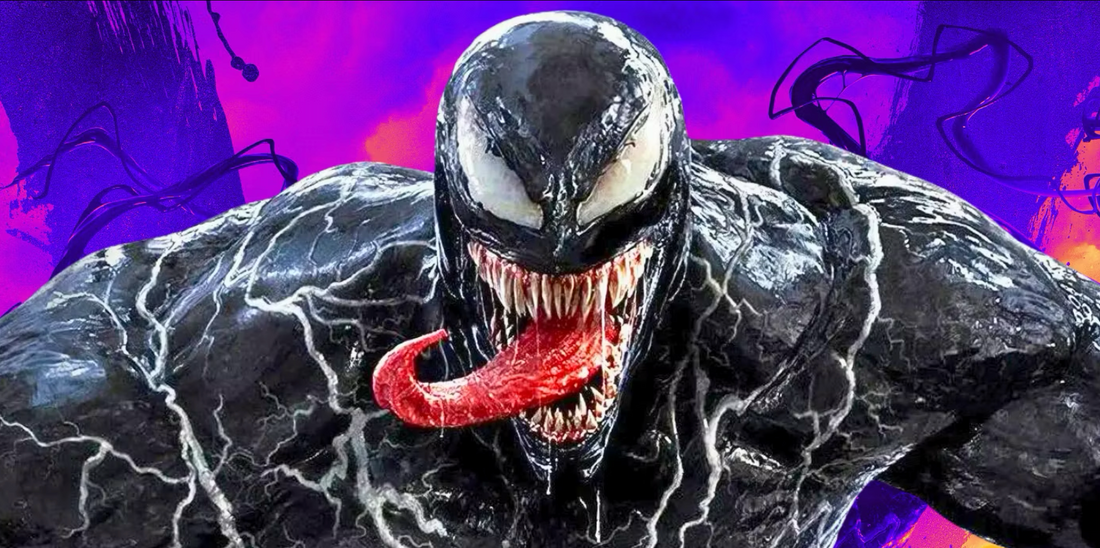
Why do we love Venom?
Share
Venom, as the dark and monstrous counterpart to Spider-Man, was almost destined to become a fan-favorite villain. Introduced in the late 1980s, a time when comic book storylines were becoming edgier and more violent, Venom embodied the era’s shift towards grittier narratives. His massive build, black suit (which once belonged to Spider-Man), and demonic, alien-like features made him more than just another villain—he became an iconic, terrifying figure that represented what Spider-Man might look like if he embraced his darkest impulses.

Venom's rise to popularity has been monumental, especially now with the release of his second solo movie, *Venom: Let There Be Carnage*. But what is it about Venom that resonates so much with fans? To understand his enduring appeal, we need to look back at the comic book storylines and media portrayals that helped shape him into the character we know and love today.
Before the 1980s, comic books were largely seen as light-hearted entertainment aimed at children. Marvel's stories, including those featuring Spider-Man, were considered fun and adventurous but not exactly deep or complex. Spider-Man, created in 1962 by Stan Lee and Steve Ditko, embodied the spirit of the times with his relatable, everyday struggles of balancing superhero duties with personal responsibilities. His stories often revolved around his relationships with characters like Mary Jane and Aunt May, and his battles with villains like the Green Goblin and Doctor Octopus. These villains were colorful, but they lacked the depth and darkness that would come to define later antagonists.

However, by the late 1980s, everything was changing. Tim Burton’s 1989 *Batman* movie showed that superhero stories could have genuine drama, artistic merit, and enormous box-office potential. Comics, too, were beginning to explore darker themes, and characters like Venom were born from this new creative landscape. With Todd McFarlane, one of the most influential comic book artists of the time, at the helm of *The Amazing Spider-Man* series, Venom was introduced as a twisted foil to Spider-Man—a literal embodiment of his dark side.
Venom’s origin story began in 1984 during Marvel’s *Secret Wars* saga, where Spider-Man’s iconic red-and-blue suit was damaged in battle, leading him to discover a mysterious black substance—an alien symbiote—that attached itself to him, giving him enhanced powers and a sleek new look. Spider-Man would later realize, with the help of the Fantastic Four, that the suit was alive and trying to bond with him. Desperate to rid himself of the symbiote, he managed to escape its clutches by using sonic technology, but the symbiote survived and soon found a new host in Eddie Brock.

Eddie Brock, a disgraced journalist who blamed Spider-Man for his personal downfall, was the perfect match for the symbiote. Together, they became Venom—a terrifying entity driven by Brock’s hatred for Spider-Man. Venom wasn’t just another villain with a grudge; he possessed all of Spider-Man’s powers and then some. With enhanced strength, the ability to block Spider-Man’s “spider-sense,” and intimate knowledge of Peter Parker’s personal life, Venom quickly became one of Spider-Man’s most formidable foes.
But what makes Venom truly interesting is the complexity of his character. Venom isn’t just about brute force or chaos; he represents something deeper. The symbiote’s time with Spider-Man left it with a warped sense of justice, and Brock’s own moral compass led Venom down a path of violent vigilantism. Over time, Venom transitioned from a pure villain to an antihero, often seen as a “Lethal Protector” who uses lethal means to punish those he sees as deserving of it.

This duality—Venom’s role as both a villain and a twisted savior—is one of the reasons for his enduring popularity. Readers are drawn to characters that embody inner conflict, and Venom’s struggle between his darker impulses and his desire for some semblance of justice makes him relatable in a way that traditional villains are not.
Venom’s popularity grew throughout the 1990s, leading to his own comic series and major storylines like *Venom: Lethal Protector*, where he relocates to San Francisco and continues his brutal brand of justice. His rivalry with Spider-Man remained central to his character, but he also faced new threats, including Carnage, a symbiote offspring bonded with the psychopathic serial killer Cletus Kasady. Carnage’s introduction in the 1990s added another layer of complexity to Venom’s character, as he had to team up with Spider-Man to stop Carnage’s murderous rampage, despite their mutual hatred for one another.

Over the years, Venom’s story has continued to evolve. In the 2000s, Eddie Brock faced personal challenges, including a battle with cancer, and the Venom symbiote bonded with different hosts, including Spider-Man’s high school nemesis, Flash Thompson. This constant evolution has kept Venom fresh and relevant, allowing him to adapt to changing times while maintaining his core identity.
Venom's cinematic journey has also been a rollercoaster. After a lackluster debut in *Spider-Man 3* (2007), where fans were disappointed with the portrayal of Eddie Brock and Venom, it wasn’t until 2018’s *Venom* that the character finally got his due on the big screen. Tom Hardy’s portrayal of Eddie Brock was praised for capturing the character’s intensity and vulnerability, and the film’s blend of dark humor and action resonated with audiences, leading to a successful sequel, *Venom: Let There Be Carnage*.

Venom’s journey from villain to antihero has been nothing short of fascinating. He represents the dark side of heroism—the part of us that struggles with temptation, anger, and the desire for revenge. Yet, he also shows us that even in the darkest moments, there’s room for redemption. Whether in comics, animated series, or blockbuster films, Venom continues to captivate audiences with his unique blend of horror, humor, and heart. As one of the most iconic characters in the Spider-Man universe, Venom's star power shows no signs of fading anytime soon.

